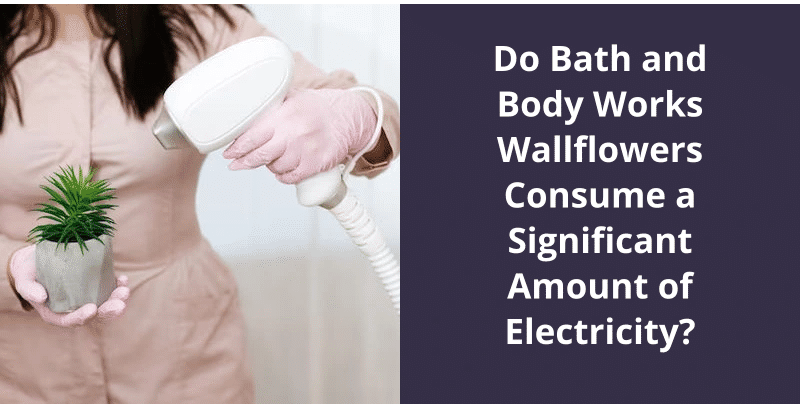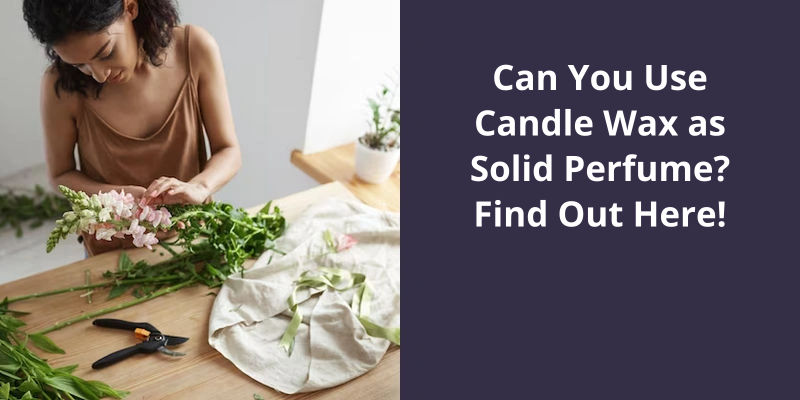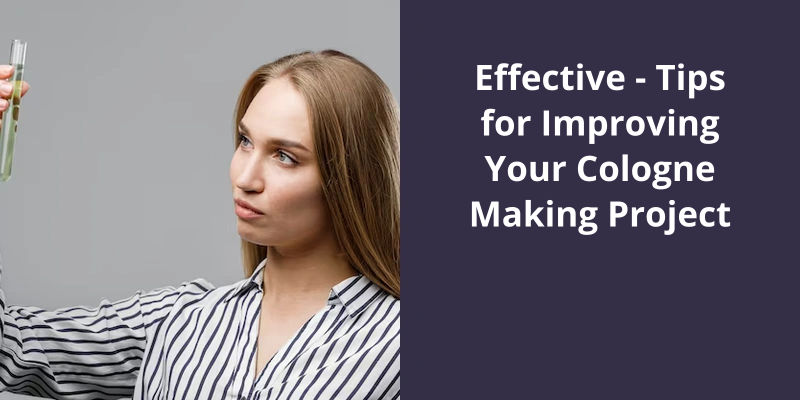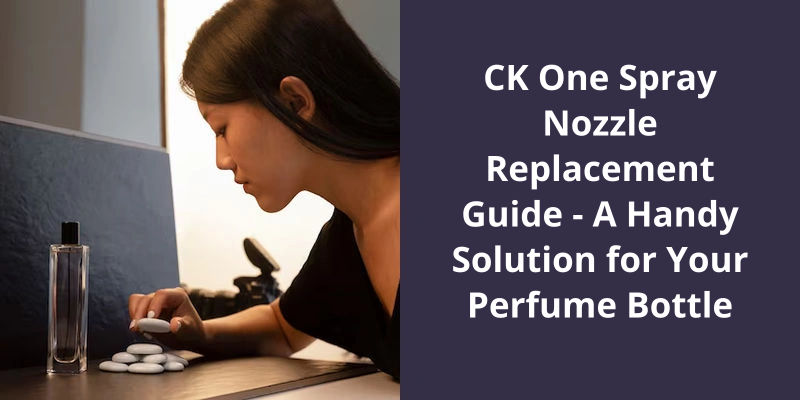Sealing a pump bottle involves a few simple steps. You start by ensuring that the pump is in the unlocked position which is usually achieved by turning it counter-clockwise. After filling the bottle with your desired liquid, place the pump back onto the bottle and make sure it’s tightly screwed on. If the pump comes with a cap, be sure to place this over the top of the pump and press firmly to secure it. If there’s no cap available, you may lock the pump by twisting it clockwise. Lastly, to ensure it’s sealed correctly, give it a test pump. If nothing dispenses, it means your bottle is successfully sealed and ready for travel or storage.
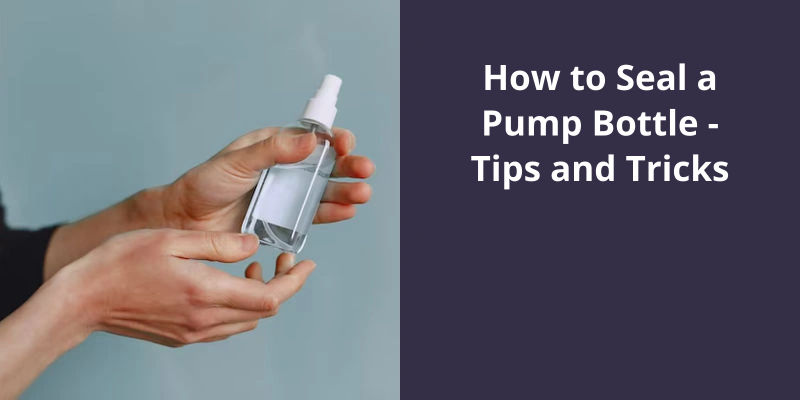
How Do You Seal Your Own Bottles?
Sealing bottles is a common task that can be done at home with ease. To ensure a secure seal, it’s important to begin by placing the bottle on a flat surface and holding the bottleneck firmly with one hand. This will help to prevent any spills or leaks during the sealing process.
Once the bottle is in place, it’s time to screw on the bottle top. With the threads properly aligned, screw the bottle lid on tightly to create a seal on the bottle.
After the bottle is sealed, it’s important to check for any excess air inside. If there’s dry content inside the bottle, use a finger to pack down any dry contents until they form a flat surface. This will help prevent any air pockets from forming which could cause the contents inside the bottle to spoil.
In addition to these steps, it’s important to use the correct type of bottle top for the contents inside the bottle. For example, if the contents are acidic or carbonated, a special type of bottle top may be needed to prevent the contents from leaking or reacting with the material of the bottle top.
By following these simple guidelines, anyone can create a secure seal on their bottles to help keep their contents fresh and safe for future use.
When it comes to shipping liquids, sealing the container properly is crucial to avoid any leakage or damage during transit. One effective way to seal a spray bottle is to use a double seal, which adds an extra layer of protection around the cap. Another method is to place the bottle in a waterproof bag and seal it with high-quality tape. Follow these steps to ensure that your spray bottles arrive at their destination intact and leak-free.
How Do You Seal Spray Bottles for Shipping?
Make sure to test the tapes strength before shipping to ensure that it doesn’t come off during transport. Additionally, it may be helpful to place a note on the bag indicating that it contains liquids and should be handled with care.
Utilize shrink wrap: shrink wrap can be a great way to seal spray bottles for shipping. Simply wrap the entire bottle with plastic wrap and use a heat gun or hair dryer to shrink the wrap tight around the bottle. This will create a nearly impenetrable seal that will prevent leaks and spills during transit.
Consider using a foam insert: if you’re shipping multiple spray bottles, it may be helpful to place them inside a custom foam insert. The foam will help to absorb any impacts during shipping, while also preventing the bottles from moving around too much. This can be especially useful if your bottles are made of glass or other fragile materials.
Use a specialized mailing box: there are many companies that specialize in packaging and shipping solutions. Consider using a specialized mailing box that’s designed to keep liquids and other fragile items safe during transport. These boxes may come with a variety of features, such as extra cushioning, reinforced corners, or leak-proof seals.
Dont forget to label your package: once you’ve sealed your spray bottles for shipping, it’s important to properly label your package. Make sure to clearly indicate that the package contains liquids and should be handled with care. Additionally, be sure to include any necessary shipping information, such as your return address and the recipients address.
By following these tips, you can help to ensure that your spray bottles arrive at their destination safely and without any leaks or spills. While it may require a little extra effort on your part, the peace of mind that comes with knowing your package is secure is well worth it. So next time you need to ship spray bottles, make sure to follow these guidelines for a worry-free shipping experience.
Consider Using a Sealant to Seal the Caps of the Spray Bottles in Addition to Wrapping Them in Plastic Wrap or Using Foam Inserts.
It’s a good idea to use a sealant to seal spray bottle caps along with plastic wrap or foam inserts, to ensure that there’s no leakage or spillage during transportation or storage.
When it comes to storing liquids such as oils, juices, or sauces, glass bottles are a popular choice due to their durability and airtight seal. However, even the highest quality glass bottles can sometimes experience leaks. In this article, we will explore different methods for preventing glass bottles from leaking and preserving your liquids for longer periods of time.
How Do You Stop a Glass Bottle From Leaking?
Bottle leaks can be a nuisance. One way to prevent leaks is by using a double seal. This can be achieved by adding an extra layer of plastic to the existing bottle seal. A premade peel-off plastic lid or double-wrapping plastic around the bottle can also work. It’s important to note that the seal shouldn’t be too tight as this may cause the bottle to burst.
In addition to using double seals and waterproof bags, it’s important to inspect the bottle for any cracks or chips in the glass. Small chips and cracks can cause leaks, particularly when the bottle is filled to the top. If you notice any imperfections in the bottle, it may be best to refrain from using it or to transfer the liquid to a different container.
Placing the bottle on it’s side can place additional pressure on the seal, causing the liquid to leak out. Storing the bottle upright also ensures that the liquid doesn’t mix or settle unevenly, which can also cause leaks.
Finally, it’s important to be mindful of the temperature of the liquid in the bottle. Extreme temperatures can cause the bottle to expand or contract, placing additional pressure on the seal. It’s best to store the bottle in a cool and dry place, away from direct sunlight or sources of heat.
By following these tips, you can ensure that your liquids stay safely contained within the bottle without any leaks.
Leaky pump bottles can be a frustrating problem, but fortunately, there’s a simple solution you may not have considered. Rather than putting up with drips and spills, all you need is a small piece of plastic wrap to keep things tidy and convenient. In the next section, we’ll take a closer look at how this technique works and why it’s so effective, so read on to learn more!
How Do You Stop a Pump Bottle From Leaking?
Another solution is to make sure the pump is screwed on tightly. Often times, leaks occur because the pump isnt tightened enough. It’s important to not over-tighten, as this can cause the pump to break or damage the threading on the bottle.
If the pump is still leaking after adjusting the tightness, try wrapping some Teflon tape around the threading of the pump. This thin tape will provide an extra layer of security and help keep any liquid from escaping. Simply wrap the tape around the threading a few times and then screw the pump back on.
If this tube is misaligned or damaged, it can cause leaks. Check to make sure the tube is straight and not bent or twisted. You can also remove the pump and straighten the tube if necessary.
Keep it upright and avoid leaving it in extreme temperatures or direct sunlight. Storing it upside down can also cause leaks, as the liquid may flow into the pump area. Taking these steps can help minimize leaks and keep your pump bottle working effectively.
Ensuring your plastic bottles are leak-proof is crucial, especially when dealing with liquids or sensitive products. Whether you’re packing your favorite drink, storing chemicals, or transporting cosmetics, you need your bottles to maintain integrity. In this article, we explore some practical tips on how to make your plastic bottles leak-proof.
How Do You Make Bottles Leak Proof?
As we know, plastic bottles are frequently used by manufacturers for packaging products such as beverages, shampoo, and many others. However, one of the biggest challenges in creating these bottles is maintaining their leak-proof quality. The fact is, if a bottle leaks, it can’t only damage the product inside but also harm the environment. Thats why the manufacturers have to consider several factors while designing a leak-proof plastic bottle.
One of the most important factors that manufacturers need to consider is the right amount of torque when sealing the bottle caps. It’s important to ensure that the cap is tightened enough to maintain a seal but not too tight that it may strip the threads. Manufacturers can use a torque measuring device to achieve accurate torque values and ensure the caps are securely sealed.
Another essential technique to maintain leak-proof plastic bottles is to securely attach induction seals to them. Induction seals are typically metallic layers added to plastic bottle caps to help create an airtight seal. The induction seals create a tamper-proof barrier, preventing any leakage and preserving the contents freshness. To ensure that the induction seals adhere correctly, manufacturers can use machines that automatically apply them to the bottle caps.
Some products like acidic or alkaline contents or certain chemicals can react with the plastic material causing damage or rupturing the bottles walls. Manufacturers should test the bottles for product and chemical compatibility to ensure that they remain leak-proof even after shipping and handling.
Further, it’s essential to ensure that the cap thread matches the plastic bottles neck finish because any mismatch can lead to leakage. For instance, if the thread diameter or thread pitch is slightly different from the bottle neck finish, the cap may not tighten correctly, hence causing leaks. Manufacturers should check the bottle specs before production to ensure the right threading parameters are adhered to.
In addition to the above measures, appropriate sterilization and sanitary sealing are also vital in making leak-proof plastic bottles. It’s important to ensure the manufacturing environment and tools are free of contaminants that could cause infections or impact the packaging material quality. Manufacturers should invest in reliable sterilization equipment and use proper sealing techniques such as heat sealing or ultra-sonic welding to maintain the integrity of the bottle.
Manufacturers need to invest in quality control measures that ensure they consistently manufacture high-quality leak-proof plastic bottles.
Now that you know how to fill an airless pump bottle, let’s take a look at how to fill a regular pump bottle. While it may seem simple enough, there are a few tips and tricks to make sure you’re getting the most out of your bottle and your product. Whether it’s for personal use or for your business, filling pump bottles can be a quick and easy task with the right knowledge.
How Do You Fill a Pump Bottle?
Filling a pump bottle is a simple process that requires taking a few steps to ensure a successful outcome. Firstly, remove the lid and pump from the bottle and set them aside. Then, using a mini spatula, spoon or stick, pour the product into the bottle. It’s crucial to ensure that no air is trapped inside the container, which can reduce the performance of the pump. To prevent this, gently tap the bottle to settle the product and fill it up to the desired level.
If you’re filling an airless bottle, the process is slightly different. These types of bottles utilize a vacuum system to dispense the product, making it more challenging to fill. Using a funnel, pour the product into the bottle until it’s approximately three-quarters full. Replace the pump and lid and gently pump the dispenser until product comes out.
When filling a pump bottle, it’s essential to consider the viscosity of the product. Some products are thicker than others and may require thinning to ensure smooth dispensing. To do this, simply add a small amount of distilled water or another thinning agent to the product before pouring it into the bottle. This will ensure that the pump isn’t overloaded and that the product is dispensed evenly.
It’s also essential to clean the pump bottle regularly to prevent clogs and extend the lifespan of the dispenser. To do this, simply disassemble the pump and clean each component with warm water and detergent. Rinse thoroughly and allow each component to air dry before reassembling the pump. It’s advisable to clean the pump after each use or at least once a week to prevent the buildup of product residue.
Whether you’re filling a standard pump or an airless container, it’s essential to take care not to trap air inside the bottle and to consider the viscosity of the product. Regular cleaning and maintenance will also ensure that the pump works efficiently and keeps your product fresh for longer.
Conclusion
By following the simple steps of filling the bottle to 80% capacity, squeezing out any remaining air, and creating a vacuum seal by closing the pump while applying pressure, you can ensure that your pump bottle stays sealed and maintains it’s contents' quality. This simple yet effective technique can save you the hassle and cost of replacing spoiled or contaminated products while also ensuring that you get the most out of your pump bottle. So next time you refill your pump bottle, remember to seal it properly for optimal use and longevity.


